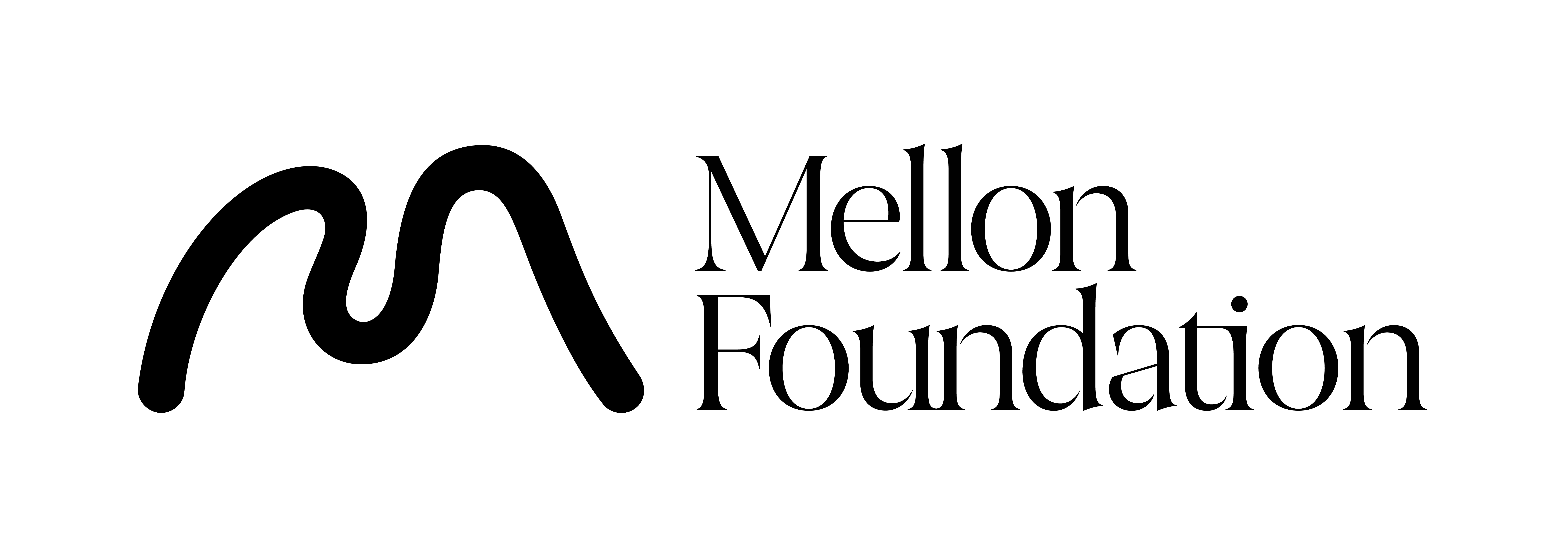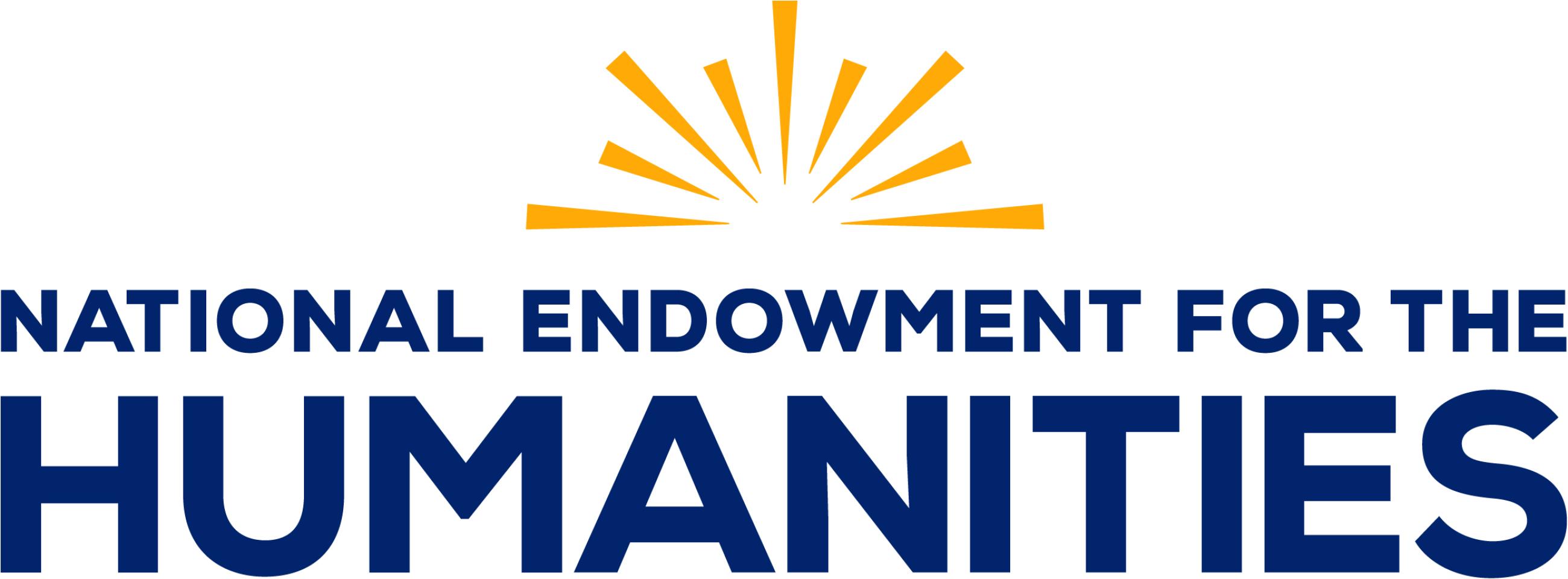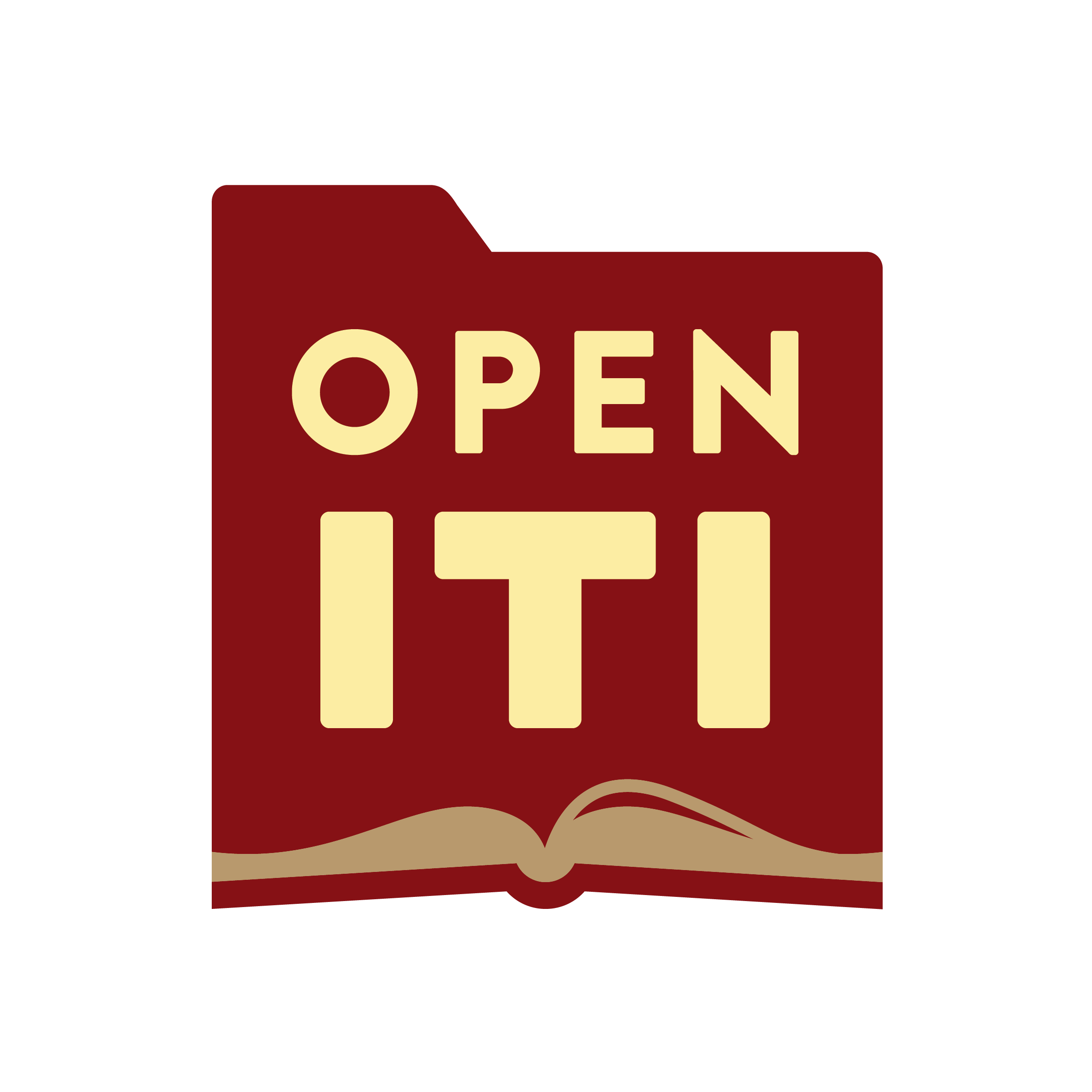This fall and next spring we are offering two weekly manuscript reading and discussion groups, tackling two very different but equally interesting manuscripts. This post will cover the Ottoman Turkish text and reading group, while a subsequent post will cover the Persian one. Before we get into the details, note that both groups are open to the public and do not require continuous week to week participation but can facilitate occasional “drop-ins.” Ottoman Turkish meets from 10 am to 12 pm (Eastern US time) on Mondays, Persian during the same time slot but on Fridays. Anyone wishing to join can send me an email (jallen22@umd.edu) and I’ll send out an invite with the Zoom link and other information.
 The subject for our Ottoman Turkish reading group is a fascinating but little—or, more accurately, not at all—known manuscript, Thomas Fisher Rare Book Library MSS 04044. Finished in 1768, the manuscript lacks its opening pages, which might have been few or many, as it is a diary of the author’s journey to and from Mecca as part of the annual ḥajj, but picks up during his return trip. Whether he recorded the entire journey and experience of the ḥajj, or decided to begin writing only in Damascus, is unknown to us at the moment.
The subject for our Ottoman Turkish reading group is a fascinating but little—or, more accurately, not at all—known manuscript, Thomas Fisher Rare Book Library MSS 04044. Finished in 1768, the manuscript lacks its opening pages, which might have been few or many, as it is a diary of the author’s journey to and from Mecca as part of the annual ḥajj, but picks up during his return trip. Whether he recorded the entire journey and experience of the ḥajj, or decided to begin writing only in Damascus, is unknown to us at the moment.
Regardless, this manuscript is an incredible treasure trove of details on early modern life and mentality, both as a description of eighteenth century Syria and as a window into a relatively middling Ottoman traveler. We do not know for certain what our traveler’s position or job was; he acts as an imam sporadically, and seems to have engaged in a bit of low-level trading, but otherwise his status is, so far, quite opaque. His handwriting is neat and clear given the likely circumstances of writing; his Ottoman Turkish prose is straightforward and usually clear, though at times his syntax is unusual or perhaps indicative of his having written while on the road. He does not seem to have been fluent in Arabic but had some capacity therein, sprinkling in short Arabic phrases and alternating Turkish in derivation words with Arabic ones. There are no long izafets full of Persian words and phrases as might be expected from a more refined writer of the period, nor have we encountered more than a couple of lines of verse. Our author filled just about every square inch of his paper, writing right to the edges, generally maintaining straight lines but sometimes ending up with awkwardly shaped final lines due to slanting.
What did he write about? Just about everything! The manuscript opens with a veritable tour of holy places in and around Damascus, including some that per other similar sources Turkish speaking travelers usually did not patronize and about which they might well have not been aware. Our traveler however was comprehensive, visiting one site after another on the flanks of Jabal Qasiyun, leaving pious graffiti—which he notes and sometimes records the contents of—at various locations. During his stay in Damascus he recorded all manner of things, from the very quotidian such as what he had for dinner to the architectural details of the Umayyad Mosque, architecture being a recurring theme of his and a clear personal interest. Indeed his descriptions of things are very often almost identical with what we would expect from a modern tourist interested in historical sites, local cuisine, and beautiful natural scenery. He writes of the psychological pleasure of travel, of the experience of bedding down under the stars with his saddlebags as a pillow, and of getting a haircut. His record of everyday life and practice in Ottoman Syria is remarkably positive: at no point does he castigate locals for their lack of proper morals or adherence to Islamic norms, probably because he saw no such problems. He smokes and drinks coffee and writes requests to saints for their prayers; he acts as an imam for prayers, visits mosques, but also hangs out in the picnic grounds outside Damascus and stays up late into the night with his friends drinking coffee, smoking, and talking. Women appear with some regularity in his narrative, including notes about differences in dress and deportment, reported in a matter of fact manner without condemnation or concern.
There is a great deal more to be said about this traveler and his diary—including that we pretty strongly suspect based on internal clues that is indeed a proper diary, recorded at various points on his journey. Part of our goal in our reading and editing group is to in time make a public presentation of the edition that we create, with a full transcription, annotation, and interpretive essays and partial translations of different passages of especial interest. Our practice so far has been to use our automatic transcription model, generated by OpenITI over the course of our manuscript training data work, and then to divide up the text among participants for correction, followed by double-checking by another editor. During our Monday sessions we work through the text line by line, reading out loud and translating, often taking time to explore particular themes or to trace our traveler’s route on modern maps. In time we would like to produce a full digital edition, details of hosting, appearance, and so forth to be worked out based on what is available and feasible. In the meantime we would love to add a few more participants as we move towards our ultimate goal of a digital edition, just let us know and we’ll get you added!




